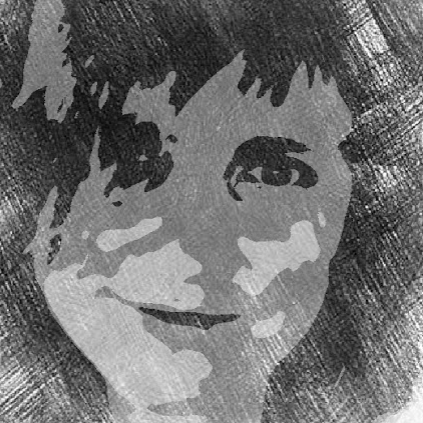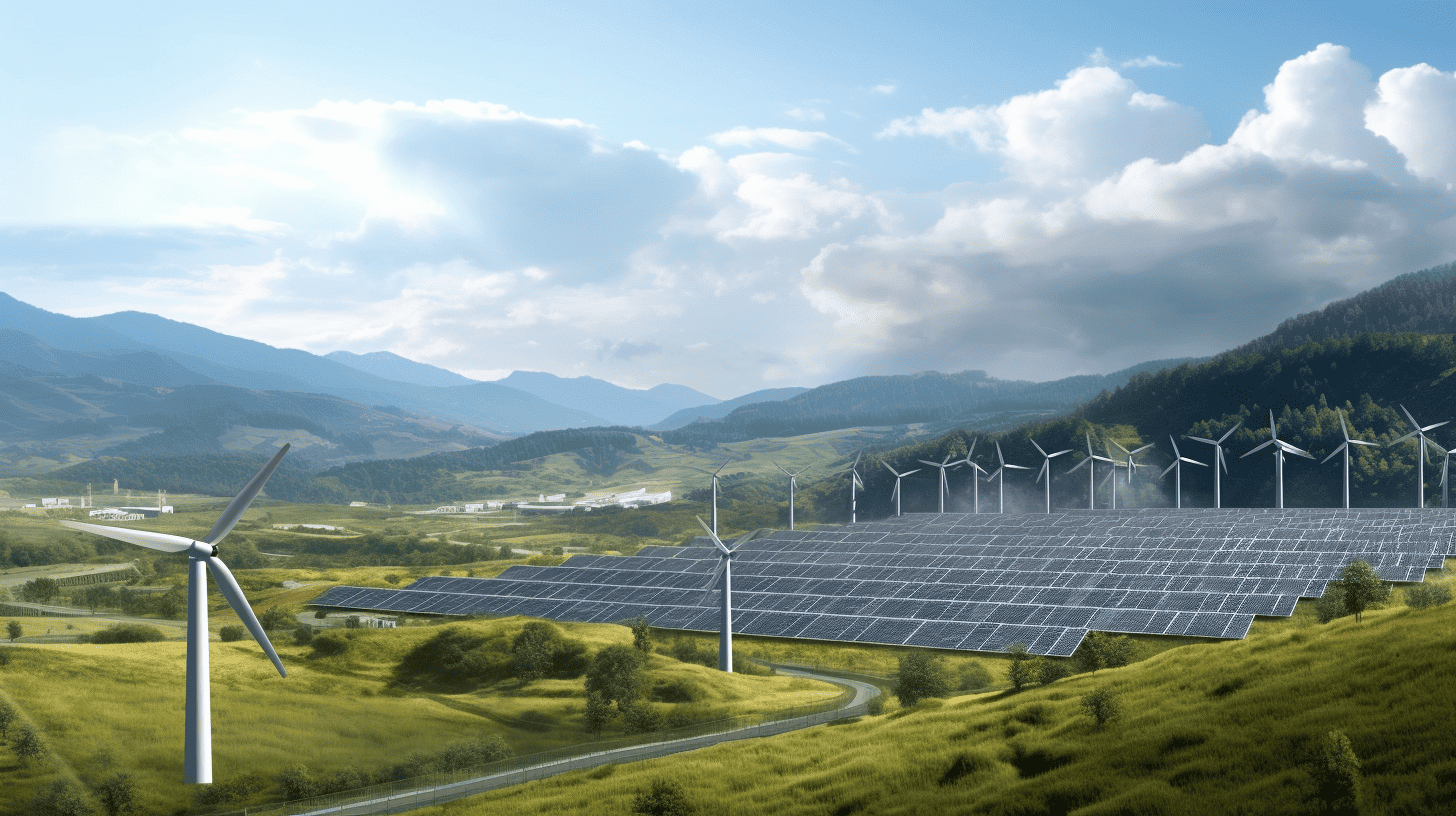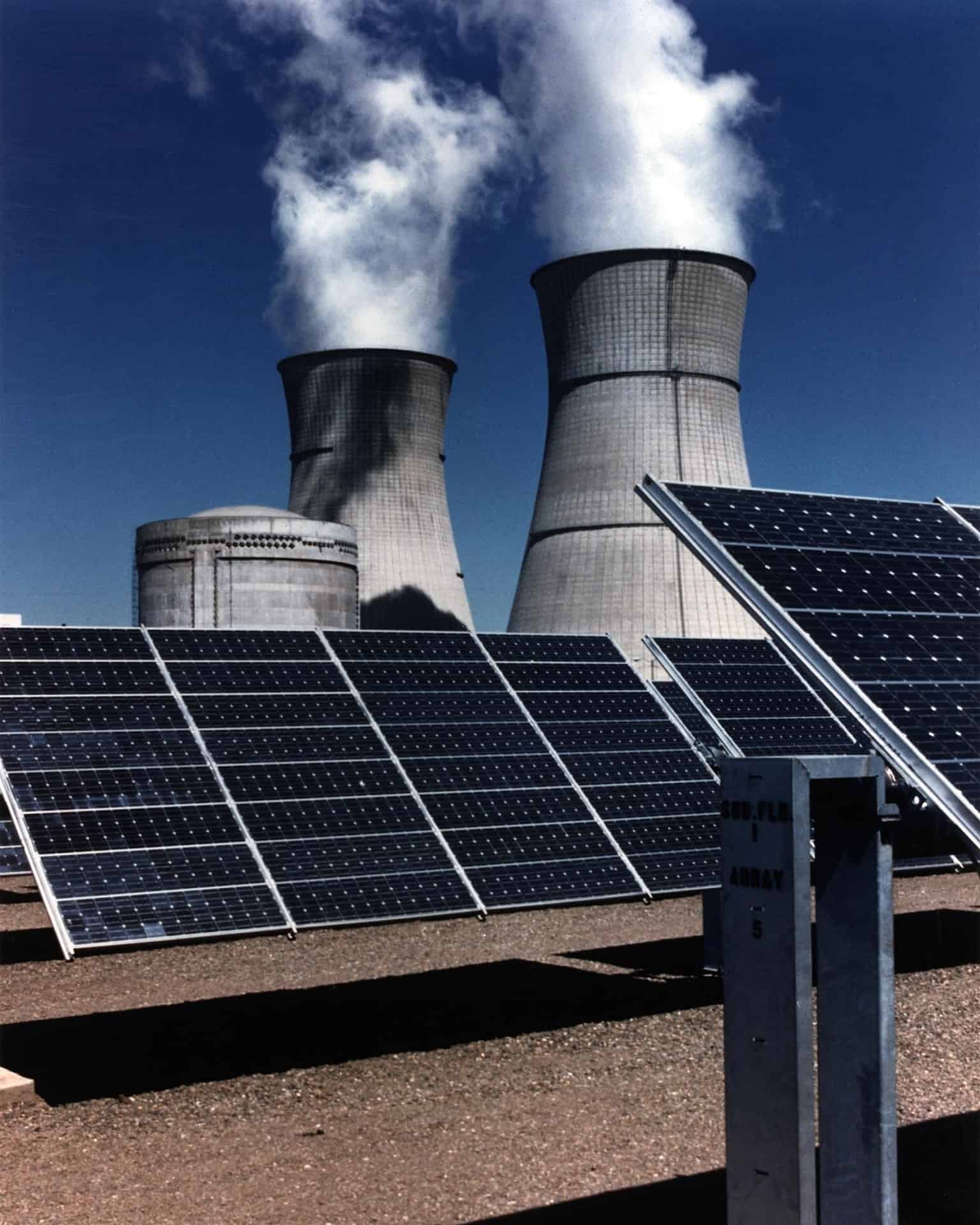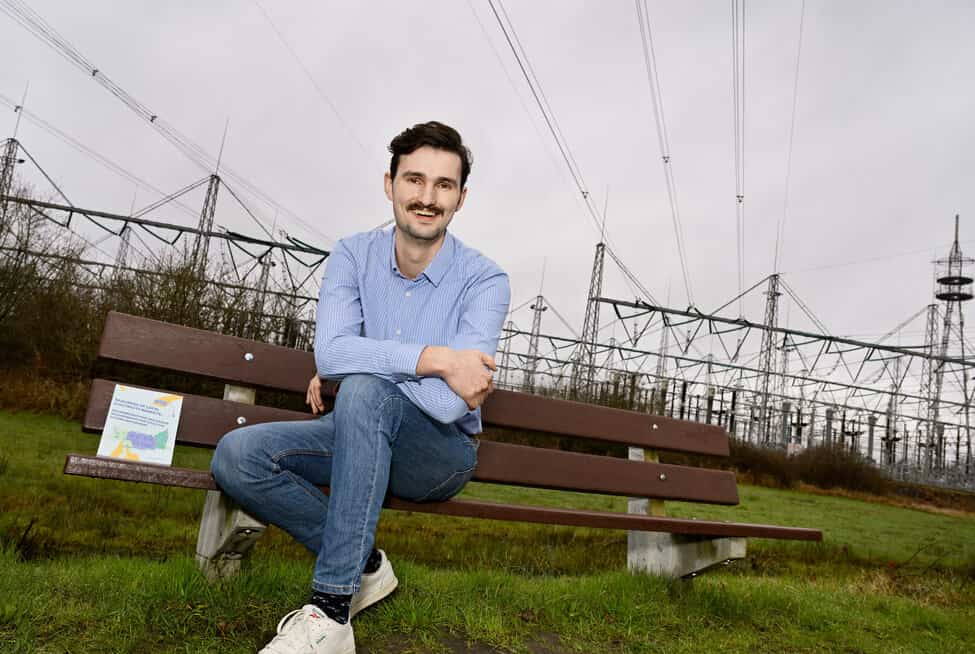
Before the world can make the switch to one hundred percent renewable energy, at least two persistent problems must be resolved. One is to be able to ensure continuous availability of energy from renewable sources such as sun and wind. Even when the sun is not shining and there is no wind. The other is that the price of sustainably generated energy has to compete with energy generated from fossil fuels. Such as oil, coal or natural gas are often cheaper.
One start-up that has come up with a solution to supplement the energy supply from sun and wind is CorPower Ocean. This Swedish company invented a system with large floating units (Wave Energy Converters, WECs) in the form of a yellow, eighteen-meter-long buoys anchored to a block at the bottom of the sea with a cable. The cable springs up and down with the waves while moving through a tube. This friction produces energy which is then converted into electricity.
Waves always generate energy
A week-long trial run by CorPower Ocean, whereby the company compared the performance of the floating units with that of four wind and solar parks off the coast of California, demonstrated that the energy generated by the units is constant. As such, it complements energy generated by solar and wind power. Energy production from sun and wind fluctuates much more and is therefore less reliable, according to Patrik Möller, CEO of Corpower Ocean. In his view, the costs of the buoys and their installation are low.
Over the next few years, CorPower Ocean will install fields of buoys off the coast of Portugal. A logical location given that there is relatively a lot of wave action due to the open geographical location. This is caused by wind blowing from anywhere across the ocean. And by the alternating ebb and flow of tides caused by the rotation of the earth around the sun and the moon around the earth. This is less the case in an area on e.g. the Mediterranean because of its sheltered location. Waves are largely held back by the narrowing in the Strait of Gibraltar. (If you ever wondered why surfers go to Tarifa in the south of Spain, this is the answer: You get a lot of waves there because the water accumulates before that narrowing).
The aim is for the first parks to become operational in 2024 and to have the capacity to generate 10 to 30 megawatts.
Magnifying glasses for heating water to more than 350 degrees Celsius
Another interesting Scandinavian invention designed to generate energy is the one developed by Heliac. This Danish start-up makes large, rectangular magnifying glasses. These converge the sun’s rays to a point where all that energy is concentrated. The principle is the same as when you use a magnifying glass to burn a piece of paper. This is a fun way for children to experiment with the power of sunlight. But for Heliac, it is a serious way to generate heat without emitting a single molecule of CO2.
Water pipes are connected to the panels. Energy from the sun’s rays that converge via the magnifying glass heats the water. The magnifying glasses do not generate electricity. They do not have to, as Heliac points out. Considering that the market for heat is two and a half times the size of the market for electricity.
The application from Heliac has the potential to be deployed on an industrial scale, as their chief commercial officer Jakob Jensen contends. There are two reasons for this. The first is that industry needs heat with a temperature higher than 350 degrees Celsius. Plus they can also supply Heliac with magnifying glasses. In his view, conventional solar panels are not capable of doing that. “They are capable of reaching a maximum temperature of 120 degrees Celsius.”
The second reason is that manufacturing the magnifying glasses is relatively inexpensive. He concludes that in most parts of the world, heat generated from the sun using magnifying glasses will be cheaper than using gas.
The entire village showers with hot water from magnifying glasses
However, as is the case with other solar panels, one problem that has not been solved yet is that the Heliac panels do not provide heat when the sun is not shining. That is, if it is not stored. The first Heliac field with magnifying glasses is already in operation and is located in the Danish town of Lendemarke. It provides CO2-free heating for the entire village in cooperation with the German energy supplier E.ON.
You can also read the first article in this series: ‘American Nobel Prize winner: ‘Stop subsidizing oil companies’








